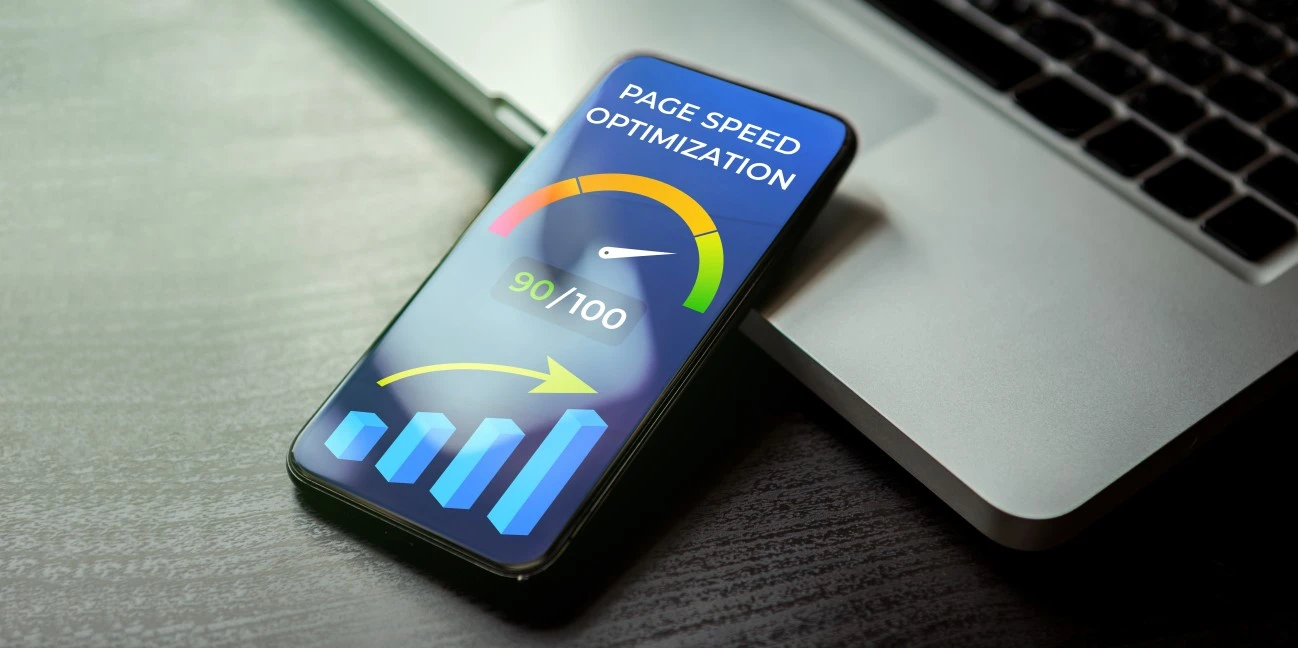In the fast-paced realm of digital browsing, website speed is a crucial factor that significantly influences user satisfaction, engagement, and SEO rankings. A slow-loading site not only frustrates users but also impacts search engine visibility and conversion rates. This blog provides essential tips to help you enhance your website’s speed and performance, ensuring a swift and smooth experience for all visitors.
Understanding the Impact
User Experience and SEO
- First Impressions: Website speed forms the first impression of your business. Fast loading times are associated with efficiency and reliability, while slow speeds can drive potential customers away.
- SEO Rankings: Search engines like Google consider page speed as a ranking factor. Faster websites are more likely to appear higher in search results, attracting more organic traffic.
Essential Tips for Enhancing Website Speed
1. Optimise Image Sizes
- Compression Tools: Large images are one of the most common causes of slow website performance. Use tools like Adobe Photoshop, TinyPNG, or ImageOptim to compress your images without losing quality.
- Appropriate Formats: Choose the right file format; for example, JPEG is better for photographs, while PNGs are preferable for graphics with fewer than 16 colours.
2. Minimise HTTP Requests
- Reduce Files: Each piece of your site, from scripts to images, requires a different HTTP request to load. Reduce these requests by simplifying your design and combining files like scripts and CSS.
- CSS Sprites: Use CSS sprites to combine multiple images into one large image that loads all at once, reducing the number of HTTP requests.
3. Use Asynchronous Loading for CSS and JavaScript
- Asynchronous Loading: Modify the way your CSS and JavaScript files are loaded by making them asynchronous so they do not slow down the display of content on your site.
- Impact: This allows multiple files to load simultaneously without waiting for each one to complete in sequence.
4. Reduce Server Response Time
- DNS Lookup: Optimise your server’s response time by reducing DNS lookups. The faster your DNS lookup, the quicker your site will start loading.
- Quality Hosting: Invest in a high-quality web hosting solution that guarantees excellent uptime and quick server response times.
5. Enable Browser Caching
- Leverage Caching: When users visit your site, the elements of your site are stored on their hard drive in a cache, or temporary storage. This means that the next time they visit your site, your pages will load much faster.
- Configuration: Set up your server to enable caching for all appropriate content, and define how long web browsers should cache your files.
6. Use a Content Delivery Network (CDN)
- Global Reach: A CDN is a network of servers located around the world that host copies of your site. When a user visits your site, the CDN delivers content from the server nearest to them, speeding up the loading process.
- Efficiency: CDNs are particularly useful for sites with a large, international audience, as they ensure quicker loading times globally.
Maximising your website’s speed is not just about enhancing user experience—it’s also crucial for improving your site’s visibility and performance in search engine results. By implementing these essential tips, you can ensure that your site remains fast, efficient, and competitive in today’s digital marketplace.




